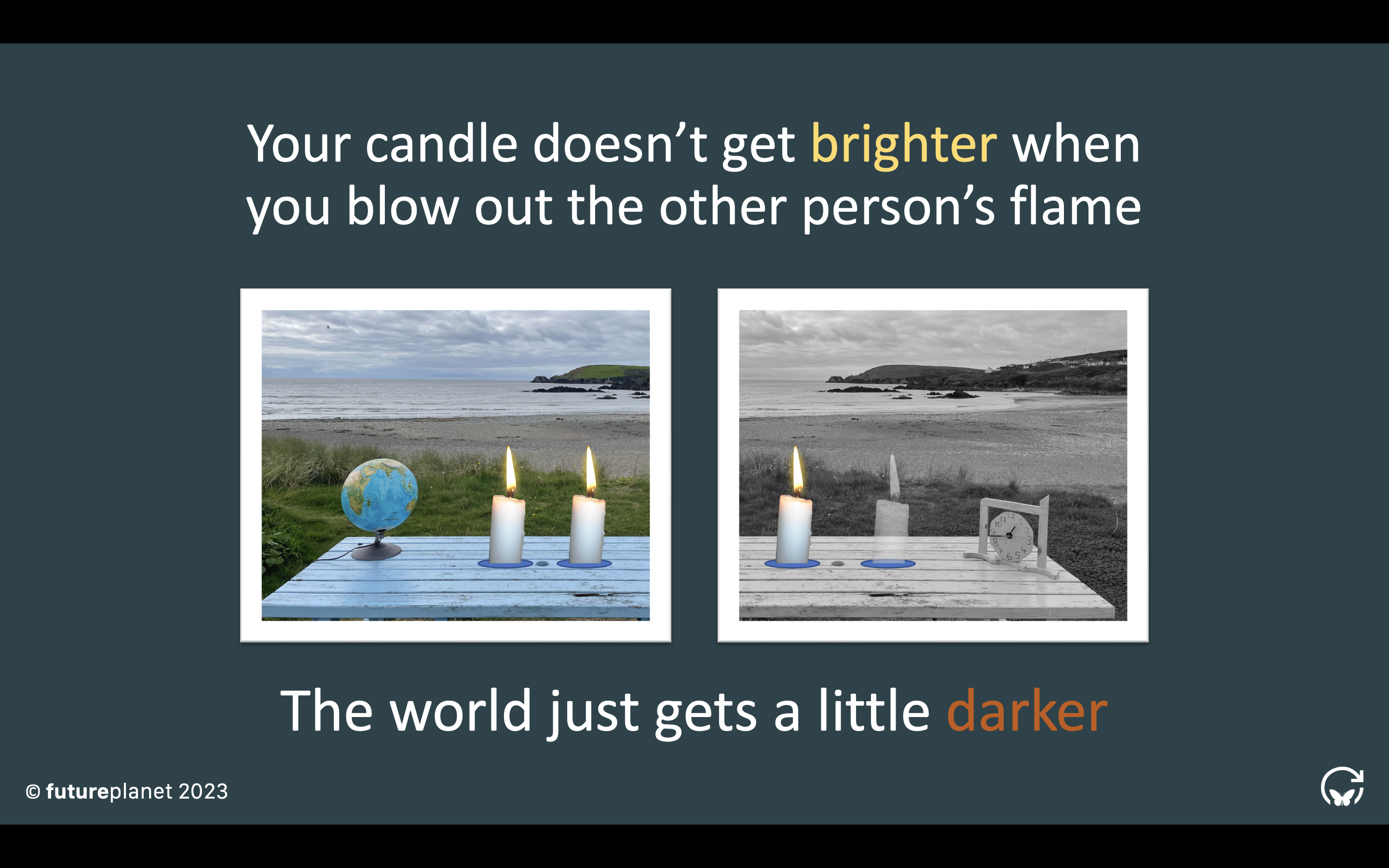
How far away is corporate sustainability?
"Green, regenerative, climate-neutral, net-zero: With each passing day, ever more companies are making pledges to deliver social or environmental sustainability. It remains rare, however, to hear a company commit to justice.
And yet, that's just what Timberland, a VF Company did more than 20 years ago. According to its third-generation CEO, Jeff Swartz, the company's mission was to deliver equal parts commerce and justice."
These are the words of a former COO Ken Pucker of Timberland, a New Hampshire-based outdoor-inspired product-obsessed footwear and apparel maker. These words are calm and reflective and, if you care about sustainability in a corporate context, these words are worth listening to.
"For Timberland, justice was comprised of three elements: global human rights, citizen service, and environmental stewardship. Among other things, Timberland powered its factories using renewable energy, planted millions of trees, paid for employees to spend a week per year doing community service, and was the first public company to issue quarterly CSR reports. The brand also advanced transparency.
One day, as if playing corporate show-and-tell, Jeff brought a bottle of Russian salad dressing to a meeting. He pointed to the nutrition label on the back and challenged the team to create a similar label detailing each product's environmental footprint. Not long thereafter, all 30 million pairs of Timberland shoe boxes were adorned with the nutrition label. And yet, back then, Timberland investors seemed unmoved.
Every 90 days, Jeff devoted fully 1/3 of his quarterly earnings remarks to highlight the company's justice agenda. Over the course of 28 calls that I attended, never once did he receive a question about that portion of his remarks. Perhaps it was just that Timberland was too early. Indications are that investors are now turning their attention to planetary welfare.
On April 8th, 2021, BlackRock, the world's largest asset manager, introduced an exchange-traded fund called the US Carbon Readiness Transition Fund. On its first day, the fund raised a record $1.25 billion, making it the biggest launch in the ETF industry's 30-year history. By the end of 2021, ESG investing had grown to over $35 trillion, meaning one in every three professionally managed dollars was invested in ESG assets.
This monumental shift in investment flows seemed hopeful, and not a moment too soon. On that very same day, atop the world's largest active volcano at Mauna Loa in Hawaii, scientists woke to a reading of 416 parts per million of CO2 in the atmosphere, more than 25% higher than the first reading of 310 parts per million taken when the observatory first opened in 1958. These increases in carbon levels have already caused global temperatures to increase by more than 1 degree Celsius, with the current best IPCC forecast pointing to increases of another 1.5 degrees Celsius prior to the end of this century.
Unfortunately, the trillions of dollars that investing firms self-report as ESG assets are not the same trillions that are needed to accelerate a transition to a carbon-free future. Humanity is currently only investing about 1/4 of the trillions of dollars needed to make the transition.
What became of Timberland's nutrition labels? They were removed after the company was sold to a larger company.
This all highlights the limits of our current market-based system.
Over the past half-century, many economists, academics, and politicians have bet that measurement, reporting, certification, and win-win solutions would lead companies to create shared value for investors and the planet. Most in this group have recoiled against the idea of any limits to growth. The public and media have been hoodwinked into believing that case studies are valid substitutes for empirical results.
This is not to say that most investors, consumers, or executives are bad people; rather, it's to say that the structure and incentives of our current market system don't work to protect our kids and grandkids to repair the damage that we've done to our climate, water supplies, and biodiversity.
We need system change. So, what can you do to help deliver a sustainable future?
- First, consume less. Sustainable products aren't sustainable; they're typically only a bit less unsustainable.
- Invest in impact funds, not SG funds; these are funds that do focus on delivering planetary welfare.
- And most importantly, vote for leaders who are committed to new priorities and new rules to safeguard our collective future and deliver social justice.
